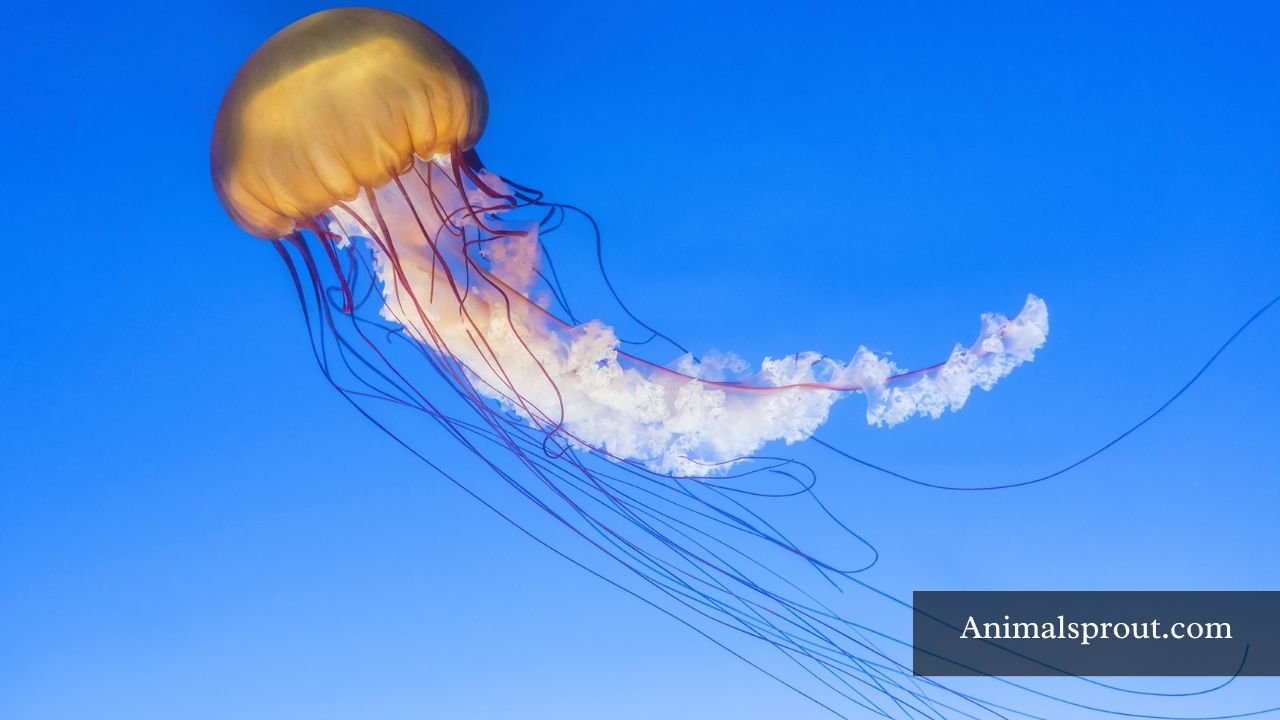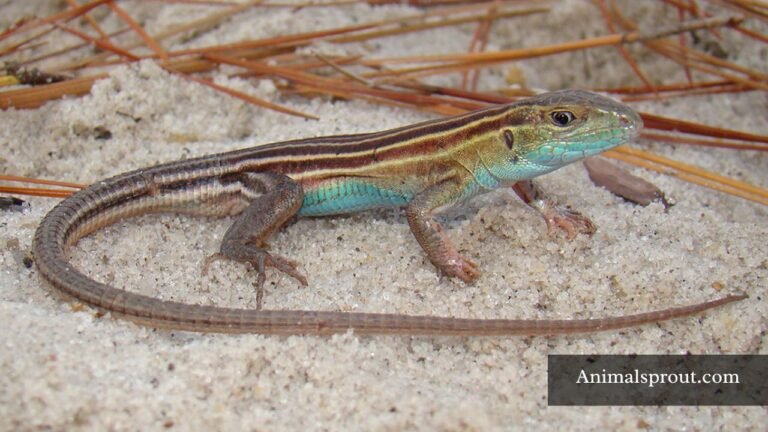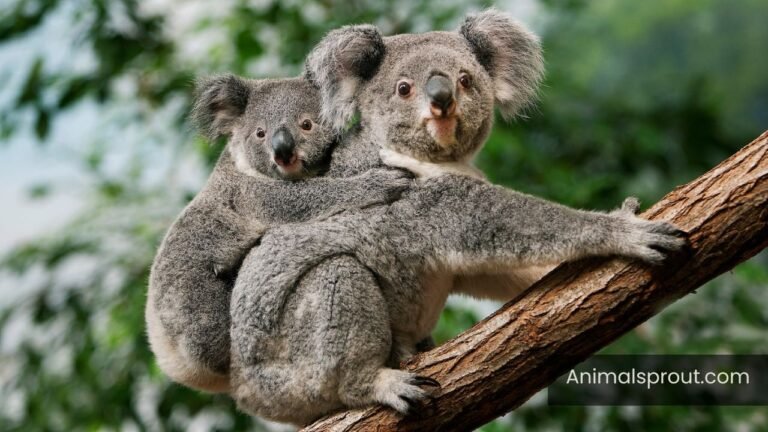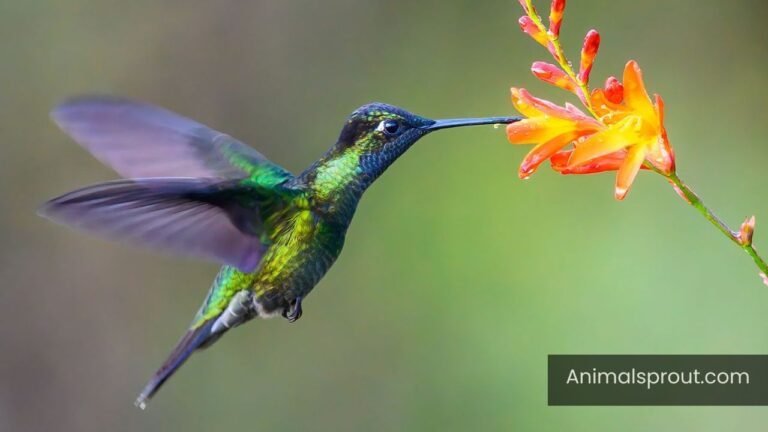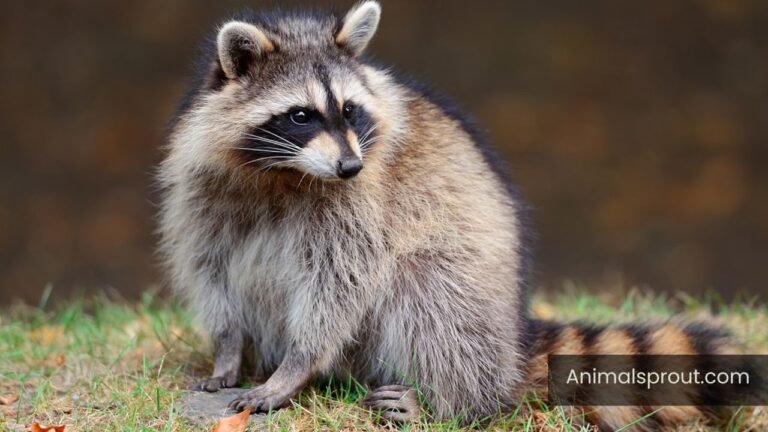Explore Top 13 Biggest Jellyfish In The World (With Images)
In this article, we delve into the fascinating world of the biggest jellyfish in the world, examining their impressive size, unique characteristics, and the ecosystems they inhabit. Understanding these colossal creatures not only sparks curiosity but also highlights their ecological importance.
List of Biggest Jellyfish In The World
Below is the list of biggest jellyfish in the world:
| Number of Jellyfish | Largest jellyfish species in the world |
| 1 | Upside-Down Jellyfish |
| 2 | Lion’s Mane Jellyfish |
| 3 | Nomura’s Jellyfish |
| 4 | Moon Jellyfish |
| 5 | Flower Hat Jelly |
| 6 | Barrel Jellyfish |
| 7 | Blue Blubber Jellyfish |
| 8 | Cauliflower Jellyfish |
| 9 | Atlantic Sea Nettle |
| 10 | Fried Egg Jellyfish |
| 11 | Giant phantom jelly |
| 12 | Box Jellyfish |
| 13 | Pacific Sea Nettle |
Upside-Down Jellyfish
Scientific Name: Cassiopea andromeda
Bell Diameter: up to 30 cm (12 in)
Weight: around 2–4 kg (4–9 lbs)
Habitat: Caribbean Sea, Gulf of Mexico, Indo-Pacific lagoons and mangroves
The Upside-Down Jellyfish presents a fascinating twist on traditional jellyfish behavior. Unlike their more ethereal counterparts, these jellyfish spend most of their time lying on their backs, allowing sunlight to filter through their translucent bodies. This unique position isn’t merely for show; it facilitates a symbiotic relationship with algae, known as zooxanthellae, which reside within their tissues. These microorganisms perform photosynthesis, providing the jellyfish with nutrients in exchange for a safe habitat, effectively blurring the lines between predator and prey in their unique ecosystem.
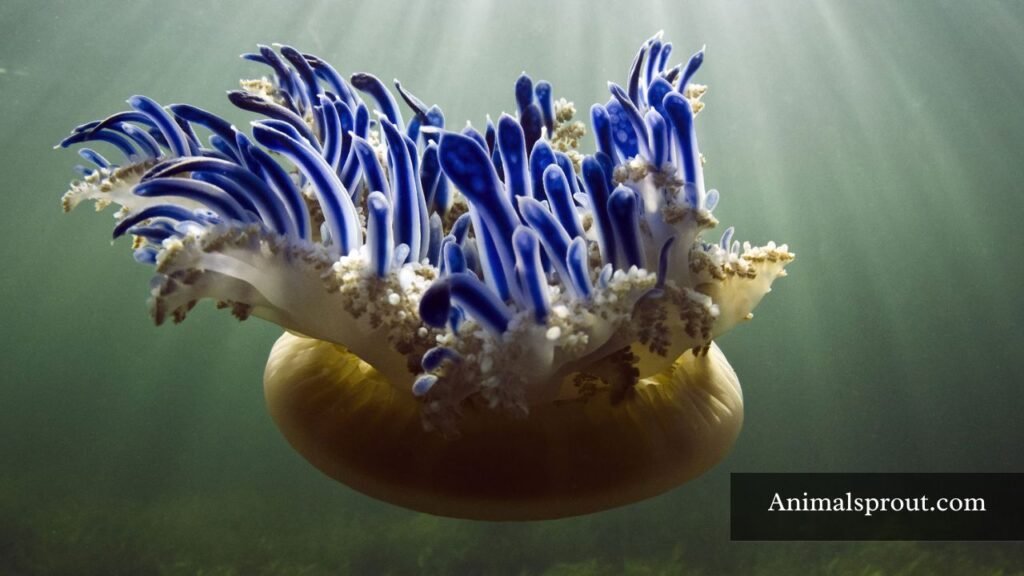
Beyond their captivating lifestyle, Upside-Down Jellyfish are also a crucial component of their environment. Their ability to filter water contributes to the overall health of the marine ecosystem, showcasing their role as natural water purifiers.
Lion’s Mane Jellyfish
Scientific Name: Cyanea capillata
Weight: up to 200 kg (440 lbs)
Habitat: Arctic Ocean, North Atlantic, North Pacific
The Lion’s Mane jellyfish, named for its impressive, cascading tentacles reminiscent of a lion’s mane, is a marvel of the ocean. This mesmerizing creature can reach a staggering diameter of up to 8 feet, with tentacles extending as long as 120 feet. Yet, it’s not just its size that captivates; its ethereal colors — a blend of deep purples, reds, and yellows — create a stunning spectacle, especially when illuminated by sunlight filtering through the water’s surface.
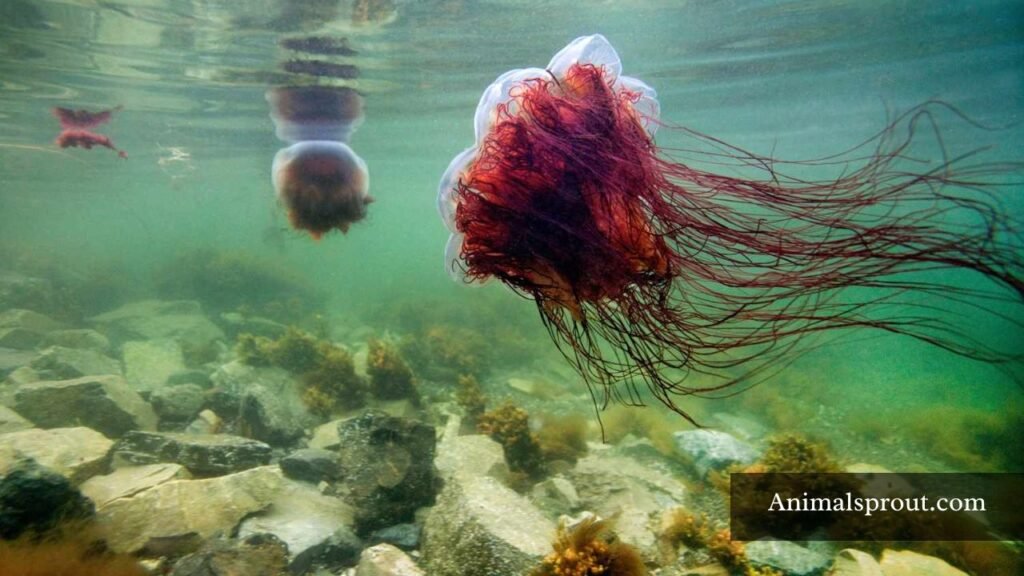
Beyond its beauty, the Lion’s Mane jellyfish plays a crucial role in marine ecosystems. As a voracious predator, it feeds on tiny fish and plankton, helping to control their populations. Interestingly, its tentacles, lined with stinging cells called nematocysts, are not just for show; they provide a fascinating example of evolution’s ingenuity, allowing this jellyfish to immobilize prey almost instantly. Moreover, scientists study its unique biology for insights into potential medical applications, including treatments for neurodegenerative diseases.
Nomura’s Jellyfish
Scientific Name: Nemopilema nomurai
Nomura’s Jellyfish, one of the largest jellyfish species, can reach astonishing diameters of up to six feet and weigh over 440 pounds. Found predominantly in the waters of the Northwest Pacific, particularly around Japan and China, these gelatinous giants have captivated marine enthusiasts and scientists alike. Their sheer size is not merely a spectacle; it plays a vital role in their ecological niche. As they drift through the ocean, they consume plankton and small fish, but their massive blooms can also have a profound impact on local fishing industries, sometimes leading to the depletion of fish stocks and disruptions in local economies.
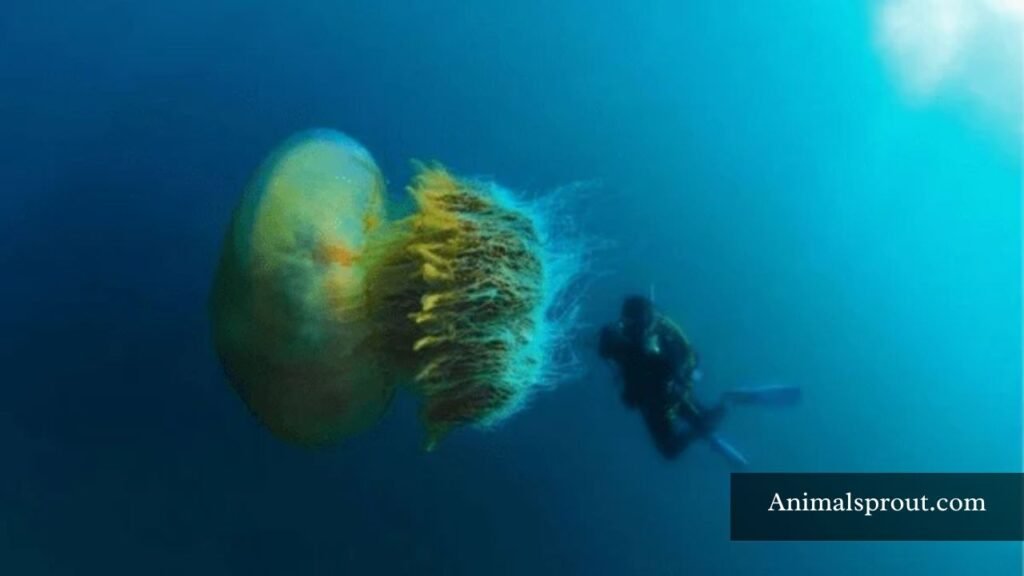
What adds to the intrigue of the Nomura’s Jellyfish is its life cycle, which involves an intricate dance between various marine conditions. These jellyfish thrive in warmer waters, and scientists believe that climate change and rising sea temperatures are contributing to their increasing populations.
Moon Jellyfish
Scientific Name: Aurelia aurita
Weight: around 0.5–2 kg (1–4 lbs)
Habitat: Worldwide in coastal and temperate waters
The Moon Jellyfish captivates with its ethereal beauty and mesmerizing movements. This gelatinous wonder boasts a translucent, umbrella-shaped bell that can span up to 40 centimeters in diameter, shimmering like a delicate piece of glass in the water. One of its most striking features is the intricate pattern of four distinct, horse-shoe shaped gonads, which elegantly ripple as it drifts through the ocean currents. Watching a Moon Jellyfish glide weightlessly is like witnessing a dance choreographed by nature itself — an enchanting display of grace in fluid motion.
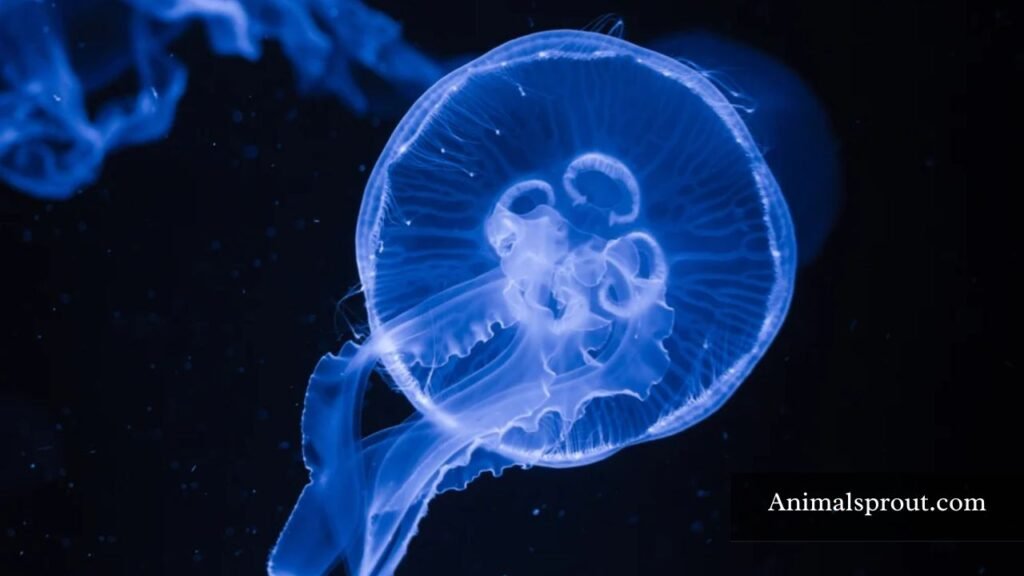
Beyond their aesthetic appeal, Moon Jellyfish play a vital role in marine ecosystems, serving as both predator and prey. They feed on small zooplankton, helping control their populations while simultaneously providing sustenance for larger marine creatures such as sunfish and leatherback sea turtles. Surprisingly resilient, these jellyfish can thrive in varied environments, even flourishing in nutrient-rich coastal waters altered by human activity.
Flower Hat Jelly
Scientific Name: Olindias formosus
Bell Diameter: about 15–20 cm (6–8 in)
Weight: about 0.3–0.6 kg (0.7–1.3 lbs)
Habitat: Southern coasts of Japan, Brazil, and Argentina
The Flower Hat Jelly is a mesmerizing creature that showcases the diversity of jellyfish in fascinating ways. Unlike its larger, more menacing relatives, this delicate jellyfish is renowned for its striking appearance, adorned with vibrant hues of pink, purple, and orange. These colors serve not only to captivate onlookers but also play a crucial role in their survival, creating a stunning camouflage amongst the swaying seaweed and colorful coral reefs where they reside.
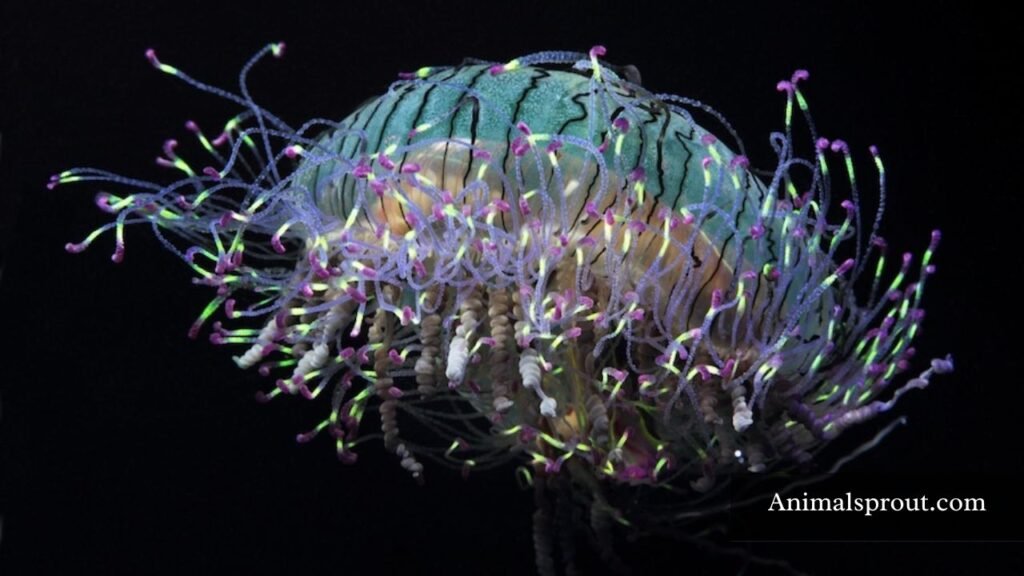
What truly sets the Flower Hat Jelly apart is its unique feeding strategy. Unlike many jellyfish that rely solely on drifting plankton, this species employs a more active approach, using their long, trailing tentacles to capture small fish and other morsels in their environment. These tentacles are lined with specialized cells that harbor toxins, allowing them to disable prey quickly. Yet, despite their predatory nature, the Flower Hat Jelly poses little threat to humans, inviting curiosity rather than fear — making encounters with this ethereal creature a highlight for snorkelers and divers alike.
Barrel Jellyfish
Scientific Name: Rhizostoma pulmo
The Barrel Jellyfish stands out not just for its impressive size, but also for its fascinating life cycle. Often reaching over three feet in diameter, this gelatinous creature can weigh up to 77 pounds. Found primarily in the warm waters of the North Atlantic and the Mediterranean Sea, its size isn’t the only remarkable attribute — its resilience in varying ocean conditions is a testament to its adaptability.
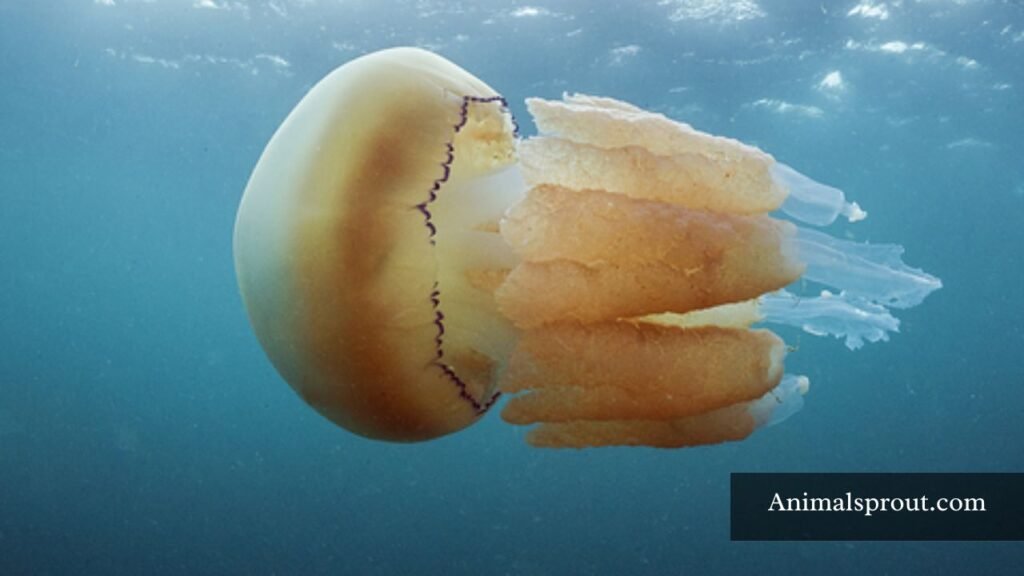
Despite their imposing presence, Barrel Jellyfish are not aggressive and pose minimal threat to humans. Their tentacles contain specialized cells that release stinging cells called nematocysts, but these are generally too weak to cause significant harm. Instead, they play a crucial role in the marine ecosystem, often serving as a food source for various species, including sunfish.
Blue Blubber Jellyfish
Scientific Name: Catostylus mosaicus
Bell Diameter: up to 35–45 cm (14–18 in)
Weight: up to 10 kg (22 lbs)
The Blue Blubber Jellyfish is a fascinating creature that captivates both scientists and beachgoers alike. This gelatinous marvel, typically found in the warm waters of Australia and Southeast Asia, boasts a distinctive blue hue that can range from vibrant turquoise to deep navy. Its striking appearance is accented by a bell shaped like a saucer, which pulsates rhythmically, propelling it through its aquatic environment. Beyond its beauty, the Blue Blubber Jellyfish plays a crucial role in its ecosystem, serving as both predator and prey.
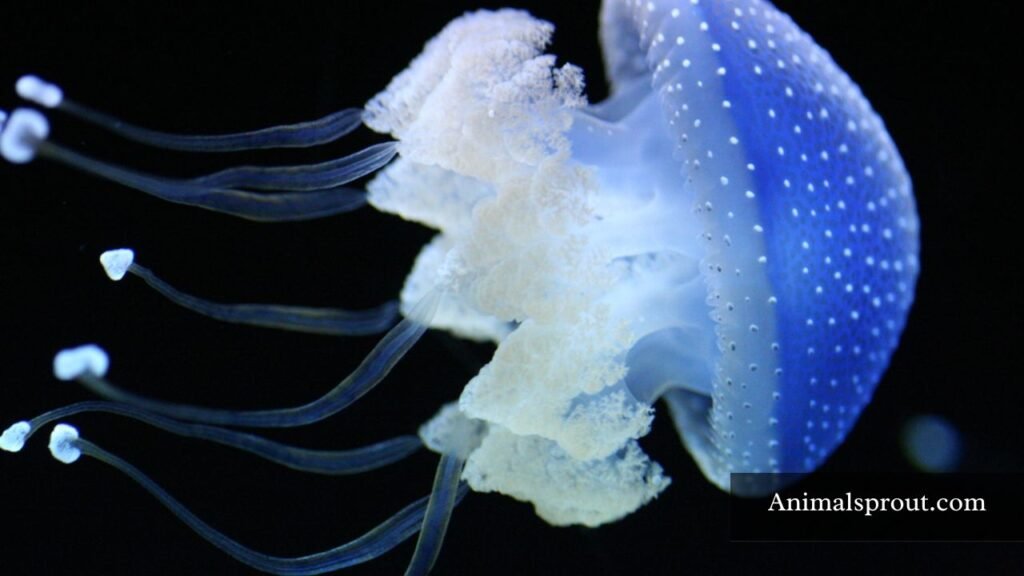
What sets this jellyfish apart is its remarkable adaptability; it thrives in both coastal waters and estuaries, showcasing a resilience to changing habitats. Moreover, despite its delicate form, the Blue Blubber possesses a mild sting, often dismissed as inconsequential by seasoned swimmers. Intriguingly, its venom has sparked interest in medical research, presenting potential avenues for pain relief therapies.
Cauliflower Jellyfish
Scientific Name: Cephea cephea
Bell Diameter: up to 50–60 cm (20–24 in)
Weight: up to 5–10 kg (11–22 lbs)
Habitat: Tropical and subtropical Atlantic, Indian, and Pacific Oceans
The cauliflower jellyfish is more than just a unique marine creature; it’s a remarkable example of adaptation and ecological interaction. Found predominantly in tropical waters, particularly around the Solomon Islands, this jellyfish has developed a symbiotic relationship with the algae living in its tissues. These tiny algae, essential for photosynthesis, not only nourish the jellyfish but also impart a stunning greenish hue, transforming it into a living underwater landscape.
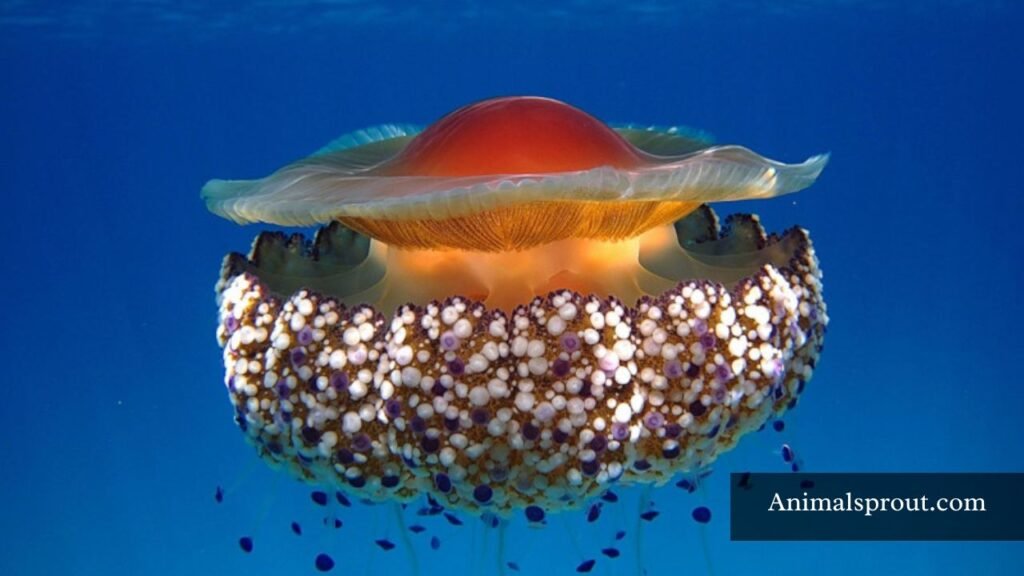
What makes the cauliflower jellyfish particularly fascinating is its role in local ecosystems. Unlike its more notorious relatives, which can disrupt marine populations with their stings, this jellyfish tends to be relatively harmless to humans and other marine life. In fact, they can often be observed in tranquil lagoons, quietly pulsating with the tide while providing shelter to small fish and other organisms. As climate change continues to impact the ocean, studying such resilient species is crucial; they may hold insights into how marine ecosystems adapt and thrive amid shifting conditions.
Atlantic Sea Nettle
Scientific Name: Chrysaora quinquecirrha
Weight: around 2–4 kg (4–9 lbs)
The Atlantic Sea Nettle, with its mesmerizing, translucent body and cascading tentacles, is one of the most fascinating jellyfish species found along the Eastern seaboard of North America. These ethereal creatures typically reach up to 10 to 16 inches in diameter and can extend their tentacles up to 10 feet. What makes them particularly intriguing is their dual role as both predator and prey in the marine ecosystem; they feed on small fish and zooplankton while also serving as vital sustenance for larger marine animals like sea turtles.
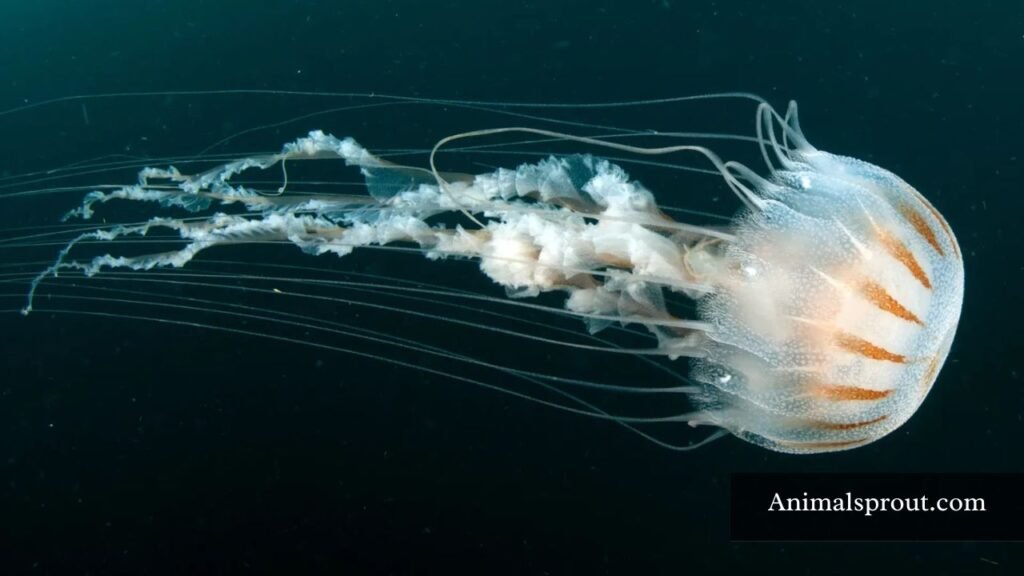
While their beauty captivates admirers, the Atlantic Sea Nettle is not without its sting. Their nematocysts — tiny, harpoon-like cells — release toxins that can cause discomfort to unsuspecting swimmers. This has prompted scientists to explore their venom for potential medical applications, delving into how the compounds could one day aid in pain relief or cancer treatment.
Fried Egg Jellyfish
Scientific Name: Cotylorhiza tuberculata
Bell Diameter: up to 35 cm (14 in)
Weight: around 3–5 kg (7–11 lbs)
Habitat: Mediterranean Sea, Aegean Sea
The Fried Egg Jellyfish captivates not only with its ethereal appearance but also with its intriguing behavior. Often spotted floating gracefully in coastal waters, this jellyfish gets its name from the yellow, yolk-like structure that resembles a perfectly cooked egg. However, beyond its culinary resemblance lies a fascinating natural history; these creatures have evolved unique adaptations to thrive in various marine environments, demonstrating resilience against changing oceanic conditions.
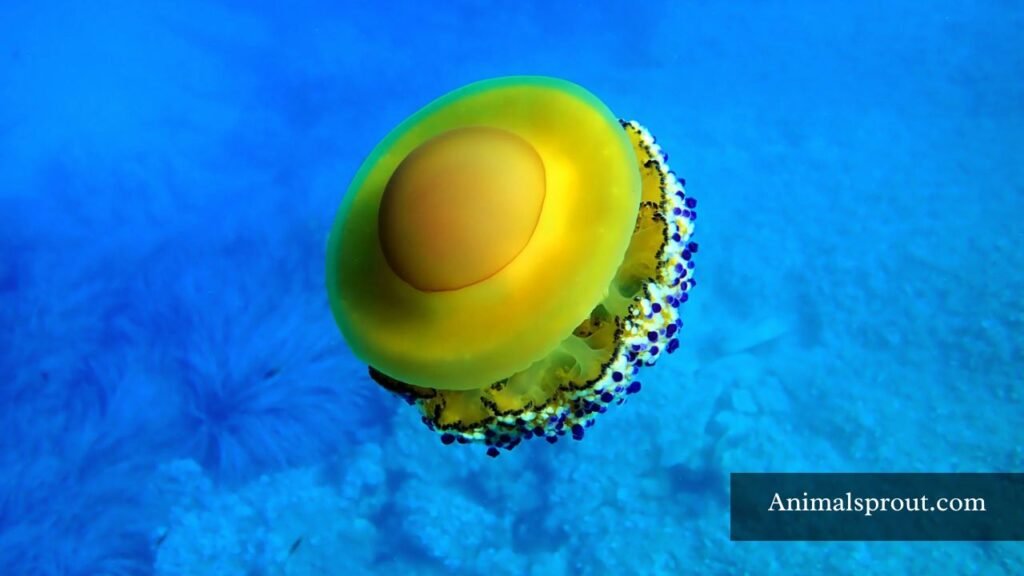
As bioluminescent organisms, Fried Egg Jellyfish possess the ability to emit soothing, pale blue light. This enchanting feature serves a dual purpose: it can lure potential prey closer while simultaneously serving as a defense mechanism against predators. The jellyfish’s tentacles are lined with specialized cells called nematocysts, which deliver a mild sting, deterring most would-be attackers and ensuring survival in the competitive ecosystem. Observing these jellyfish in their natural habitat reveals the delicate balance of beauty and peril that defines marine life, inviting us to appreciate the complexity of underwater ecosystems.
Giant phantom jelly
Scientific Name: Stygiomedusa gigantea
Weight: estimated 20–40 kg (44–88 lbs)
Habitat: Deep waters of the Pacific, Atlantic, and Arctic Oceans
The giant phantom jelly, with its ethereal, translucent body and ribbon-like tentacles, is a marvel that drifts silently through the ocean’s depths. Unlike its more famous cousins, such as the box jellyfish or moon jelly, the giant phantom jelly is a master of camouflage, blending into the dark blue waters to escape predators and spot prey. Its gelatinous form, which can measure up to 40 inches in diameter, appears to float effortlessly, making it both mesmerizing and enigmatic.
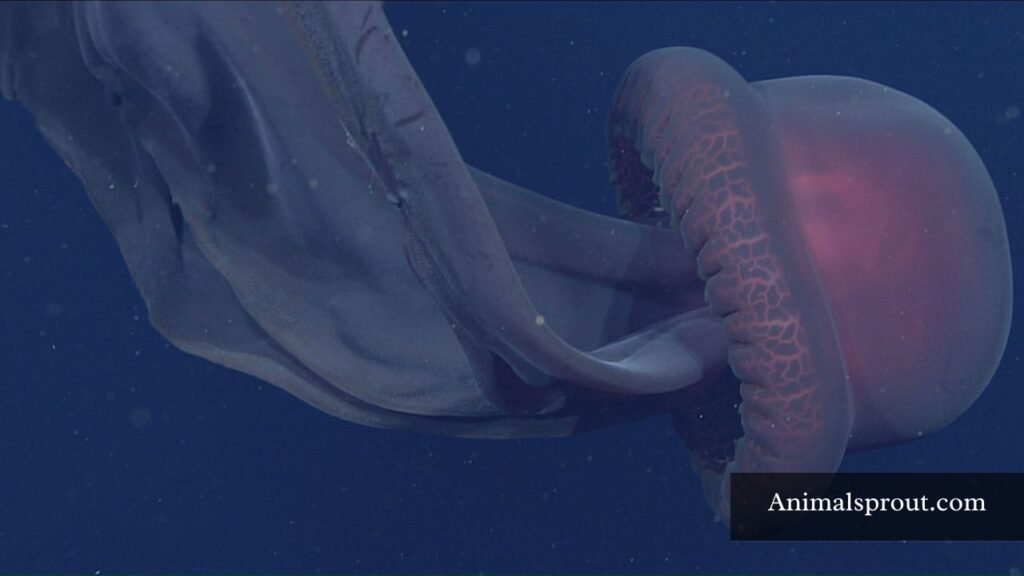
One of the most captivating aspects of the giant phantom jelly is its bioluminescence. In the depths where light barely penetrates, this jellyfish emits a soft, ghostly glow, which not only attracts mates but also confounds potential predators. This adaptation has fascinated researchers who study the nuances of marine communication and survival strategies in the deep sea.
Box Jellyfish
Scientific Name: Chironex fleckeri
Bell Diameter: up to 30 cm (12 in)
Weight: around 2–6 kg (4–13 lbs)
Habitat: Northern Australia, Philippines, Thailand, Vietnam (Indo-Pacific)
The box jellyfish, often regarded as one of the ocean’s most enigmatic inhabitants, possesses a fascinating blend of beauty and danger. Its translucent, jelly-like body exhibits a mesmerizing range of colors, from pale blues to vibrant purples, captivating anyone fortunate enough to glimpse it in its natural habitat. Yet, beneath this stunning exterior lies a potent venom that grants it a fearsome reputation; the box jellyfish’s sting can induce excruciating pain and, in some cases, even prove fatal to humans.
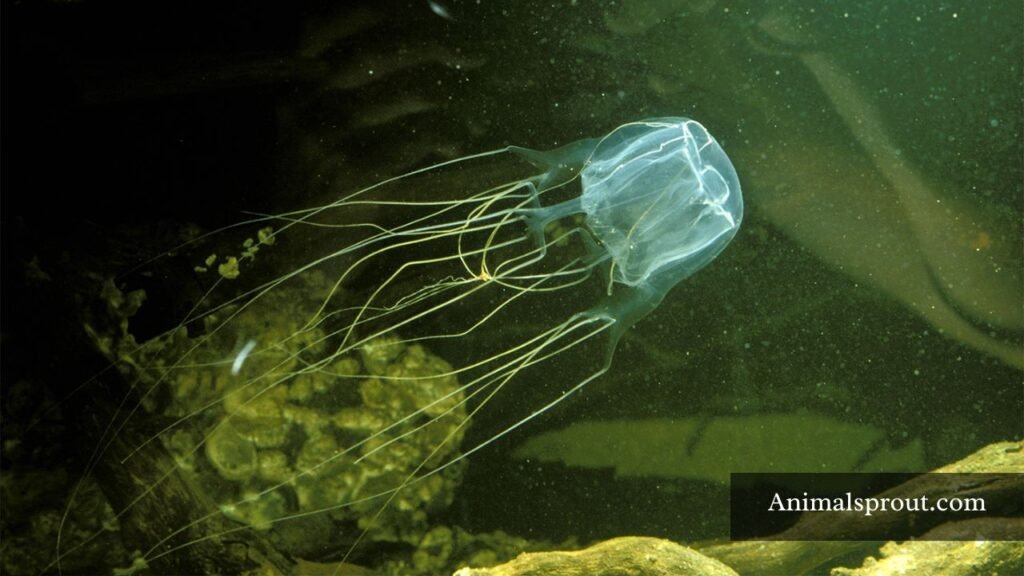
Recent studies have suggested that these creatures possess remarkable sensory capabilities despite having no traditional brain. Their simple nerve net allows them to respond to environmental stimuli with astonishing accuracy, enabling them to navigate complex underwater landscapes and effectively catch prey.
Pacific Sea Nettle
Scientific Name: Chrysaora fuscescens
Bell Diameter: up to 70 cm (28 in)
Weight: around 5–15 kg (11–33 lbs)
Habitat: Pacific coast of North America (Canada to Mexico)
The Pacific Sea Nettle, with its ethereal, flowing tentacles and vibrant colors, is not just a mesmerizing inhabitant of the ocean; it holds a crucial role in marine ecosystems. These jellyfish are not simply passive drifters; they engage in a complex dance of survival, predation, and reproduction. For instance, their cnidocytes — specialized stinging cells — allow them to capture prey like tiny fish and zooplankton, while also acting as a deterrent against potential predators. This dual role underscores their importance in maintaining the balance within their aquatic communities.
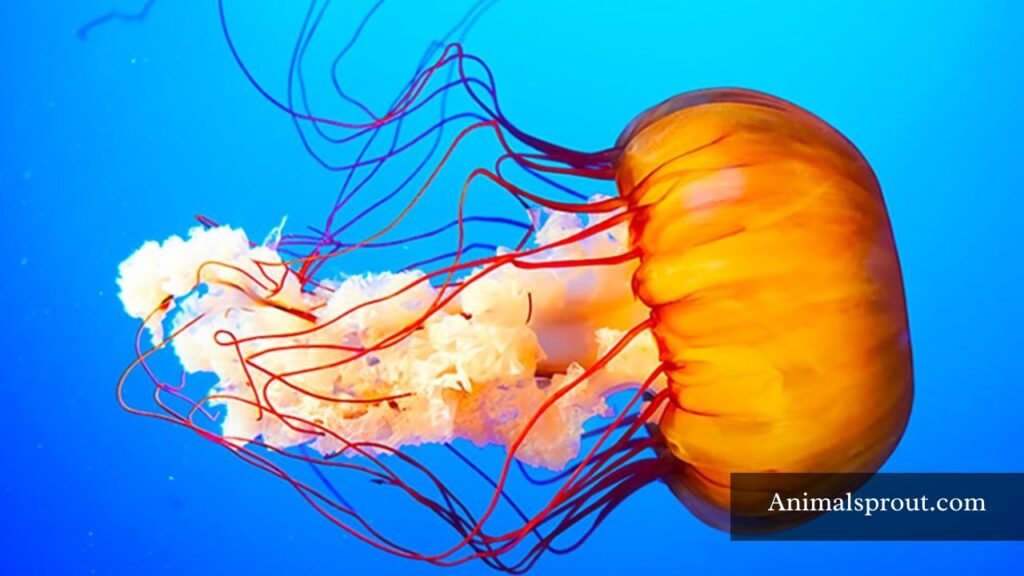
Moreover, their life cycle is a fascinating example of transformation. Beginning as a planula larva, the Pacific Sea Nettle transitions into a polyp stage before ultimately blossoming into its adult form. This metamorphosis illustrates not only resilience but also the adaptability of marine life amidst environmental changes.
Readmore: Explore 18 Different Types of Penguins In The World.
Final Words
The biggest jellyfish species in the world showcase the incredible diversity and adaptability of marine life. From the awe-inspiring Lion’s Mane jellyfish to the colossal Nomura’s jellyfish, these creatures not only captivate our imagination but also play essential roles in their ecosystems. Their sheer size and unique features remind us of the wonders that lie beneath the ocean’s surface. As we continue to explore and understand these remarkable beings, it becomes increasingly important to advocate for their conservation and the health of their habitats. Let’s take action to protect our oceans and the incredible species that inhabit them.
FAQs
What is the biggest jellyfish in the world?
The biggest jellyfish in the world is the lion’s mane jellyfish. It can reach a staggering diameter of up to 8 feet and has tentacles that can extend over 120 feet long. These tentacles are not just impressive but also packed with stinging cells, making them a formidable presence in the ocean.
Can a lion’s mane jellyfish hurt you?
Yes, a lion’s mane jellyfish can definitely hurt you. Its tentacles contain specialized cells called nematocysts that release venom when they come into contact with skin. Stings can cause intense pain, redness, and swelling, and in some cases, they may lead to more severe reactions, like difficulty breathing or an allergic response.
What is the deadliest jellyfish?
The deadliest jellyfish is the box jellyfish, specifically the species “Chironex fleckeri”. Found primarily in the waters around northern Australia and Southeast Asia, its tentacles can stretch up to 10 feet and contain thousands of stinging cells. The venom can cause excruciating pain, heart failure, and even death within minutes if untreated.

